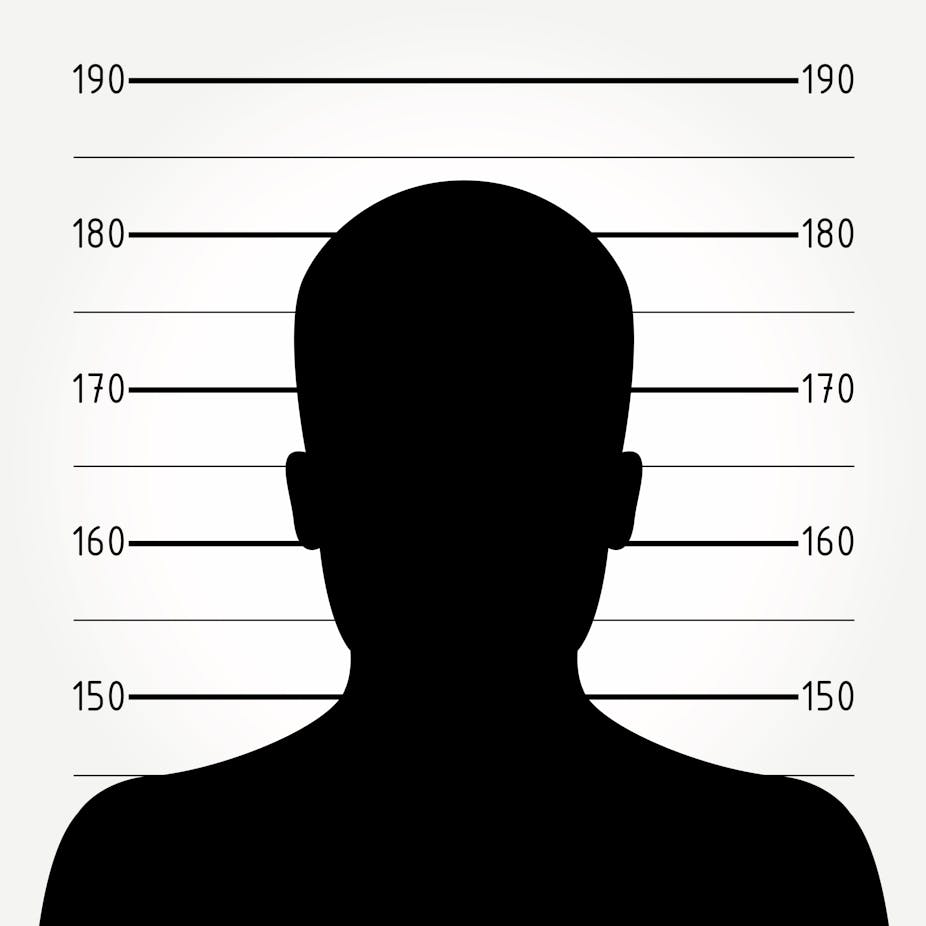The lead story on The New York Times homepage provided the overview of the latest massacre at an American school: “17 Killed at Florida School; Toll May Climb.”
A “sidebar,” or secondary story, also on the homepage, bore this headline: “Here’s What We Know About the Suspect.”
In a similar vein, the Washington Post ran a story with the headline, “Florida shooting suspect Nikolas Cruz: Guns, depression and a life in trouble.”
The stories tell of a troubled kid who liked weapons, threatened classmates and was cruel to animals. They also feature photos of the suspect: an extreme closeup in the Washington Post, and in The New York Times a screenshot from his Instagram account that shows him brandishing a gun.
There’s no question that we humans are deeply curious about those who commit crimes. Our literary tradition, from the myths and tales of the ancient world, to Shakespeare, to Dostoevsky, to the latest police procedural on Netflix, indicates that we have always been fascinated by “the criminal mind,” which is, after all, not so different from our own minds. But, as a former reporter and editor who studies the media and who teaches journalism ethics, I ask the question: Can stoking this fascination cause harm?
Obsession with deviance
Who among us, after all, has not at least fantasized about inflicting bodily harm on an enemy or taking what did not belong to us? At least two considerations constrain us: law and custom. The threat of punishment and the moral injunctions against crimes against persons and property are such compelling reasons to stick to the straight and narrow that we marvel at those who stray.
So the journalistic impulse to learn what we can about a mass murderer by interviewing acquaintances and combing through his social media accounts is understandable. The question that arises with every mass shooting is whether these instant illustrated profiles of the killers do more harm than good.
Might all that attention inspire a similarly deranged person to commit a “copycat” crime? Might the photos in particular, especially the ones that include weaponry, further glamorize the killer as a figure worthy of emulation?
“Attention is attention and this is the ultimate attention-getting,” the principal of a West Paducah, Kentucky, high school told The New York Times after shootings at his school in 1997 and at a school in Springfield, Oregon, six months later. “I mean, getting your picture on the cover of Time and Newsweek. That is going out in a blaze of glory.”
The most compelling anecdotal evidence of a copycat effect may have come from the 26-year-old who killed 10 students at Umpqua Community College in Oregon in 2015.
Incentive to kill?
In a blog post about the television journalist who killed two of his former colleagues in Virginia earlier that year, he wrote, “I have noticed that so many people like him are all alone and unknown, yet when they spill a little blood, the whole world knows who they are. A man who was known by no one, is now known by everyone. His face splashed across every screen, his name across the lips of every person on the planet, all in the course of one day. Seems the more people you kill, the more you’re in the limelight.”
Writing in The Atlantic in 2012, sociologist Zeynep Tufekci argued that the news media ought to tone down coverage of shooting sprees in the same way it modulated its coverage of suicides when it was feared that such deaths had become “contagious” in the 1980s. Among Tufekci’s recommendations: Avoid specifying the killer’s choice of weapons, avoid quoting his writings or utterances, delay releasing the suspect’s name and, to not add to the traumatizing of victims and their loved ones, resist the urge to interview victims and loved ones.
A further argument, in my view, against the snap profile is that it plays into the hands of those who resist any attempts at gun control by focusing on the incident as primarily the expression of a mental health problem rather than a gun availability problem.
Killer profiles
When it comes to mass shootings, defenders of reporting on the suspect’s background note that evidence of a “copycat” effect is scant: Though we seem to lurch from one such tragedy to the next, there are in fact too few of them and the human mind is too unknowable to be able to draw a clear causal connection from news coverage of any one crime to the commission of subsequent crimes.
Indeed, proponents argue that such coverage might actually prevent future carnage. The profile comprises a set of warning signs that we would do well to heed if we are ever confronted with similar hints of a propensity to violence and cruelty.
Tufekci acknowledged the public’s interest in mass shootings and that such incidents are likely to have more than one cause. “But it’s important to recognize,” she wrote, “that sensational news coverage is, increasingly, part of the mix of events that contributes to these rampages.”
As far back as the Columbine shootings in 1999, mental health professionals have been urging journalists to focus less on the perpetrators of shooting rampages and more on the victims. Judging from the coverage of the massacre at Marjory Stoneman Douglas High School, that advice is still going largely unheeded.
Editor’s Note: This article contains elements of a Conversation article titled “The Umpqua, Oregon shootings: portrait of the killer as a young man, which appeared on Oct. 3, 2015.

